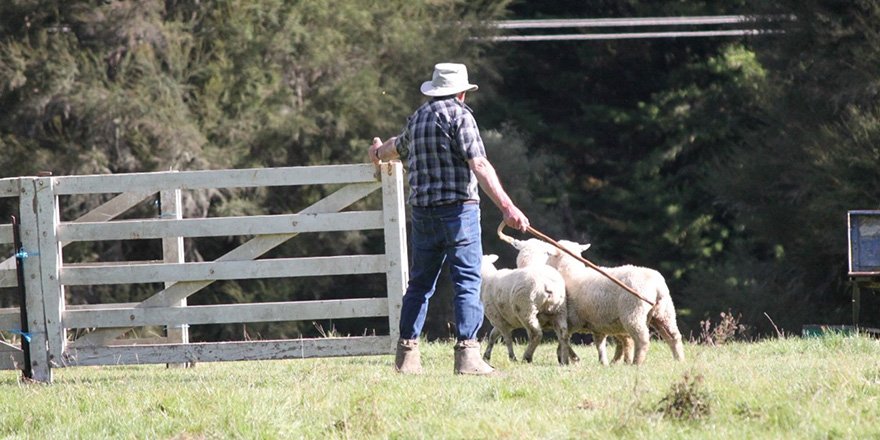Executive summary
This report was undertaken to provide a greater understanding of the positive role lamb producer groups have in the New Zealand sheep meat industry, due to the repeated negative comments about the industry and its performance publically and in the media.
The majority of research used in the report was completed by qualitative interviews with all key stakeholders of a producer group, in this case the Waitrose Lamb Producer Group which involves a UK retailer, a processor and farmer suppliers from New Zealand.
The customer, processor and farmers were interviewed to reveal their views on strengths, weaknesses, opportunities and threats of being involved with a lamb producer group.
As a result of the valuable discussions that were had with each link of the value chain, this study has identified a number of key factors which determine the current strengths of a lamb producer group and the opportunities that are going to enable the producer group to meet future demands of the consumer.
The key strengths were identified as below:
- Transparency of information shared throughout the supply chain.
- Relationships throughout the producer group – It brings openness, frankness, trust and collaboration.
- Linking the farmer directly to the market provides valuable market intelligence and understanding of the customer and their expectations.
- Data gathering, sharing and benchmarking drives continuous performance from the farmers.
- There is certainty of supply for both the customer and processor at least 12 months in advance.
The key opportunities were identified as below:
- Further utilise existing research data to help improve on.
- Farm performance through efficient production and cost savings.
- Benchmark more vigorously within the group.
- Reduce wastage throughout the supply chain to unlock additional margin.
- Better utilise producer group lambs for the existing programme or other key customers that have the same consumer requirements.
- Stay ahead by being involved with research & development projects that differentiate the processor by creating a point of difference.
- Provide more transparency of margin within the group to build more confidence and trust from all stakeholders.
- Develop longer term price contracts for the farmer.
The producer group model enables the value chain to better handle the peaks and troughs during the season, which in turn helps to reduce volatility in the schedule pricing. The farmer and processor need to be satisfied with their margins and this must continue to be shared on a fair basis. The customer will continually pay a premium if the farmers and the processor can consistently produce safe, high quality product that complies with the specific requirements including strict farm assurance and animal welfare standards.
Developing more lamb producer groups is not the only solution; however they go a long way in helping to improve the current stat e of the NZ sheep meat industry through collaboration and vertical alignment.
In summary, lamb producer groups in the New Zealand sheep meat industry have a role for the future development of value creation to increase not only overall returns, but most importantly profitability and stability for the farmers and processors.
Landon Jones



